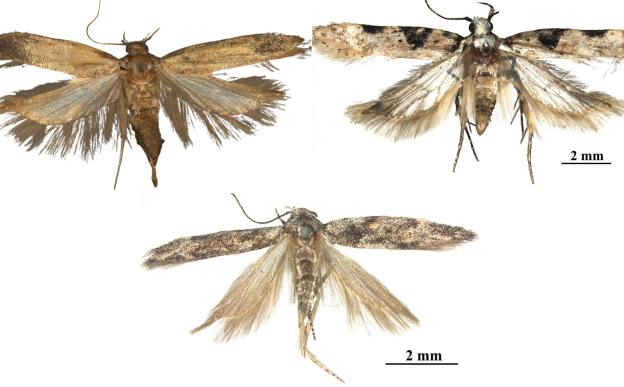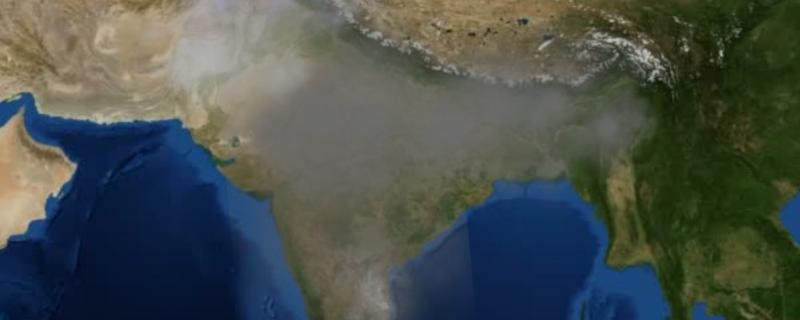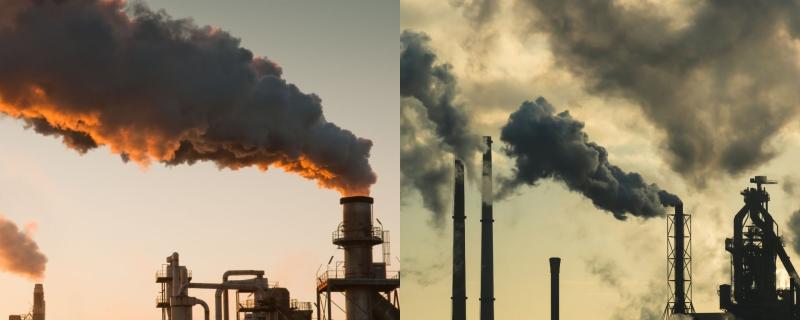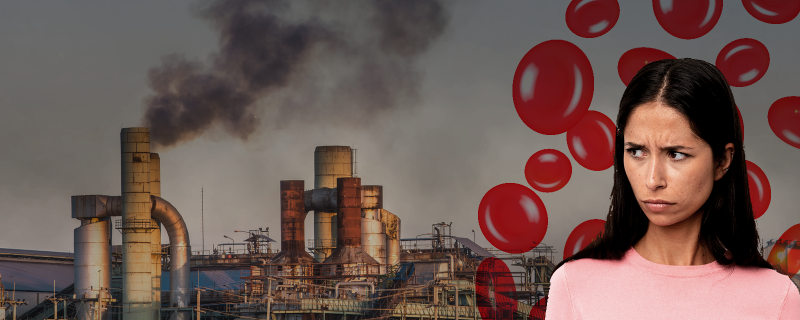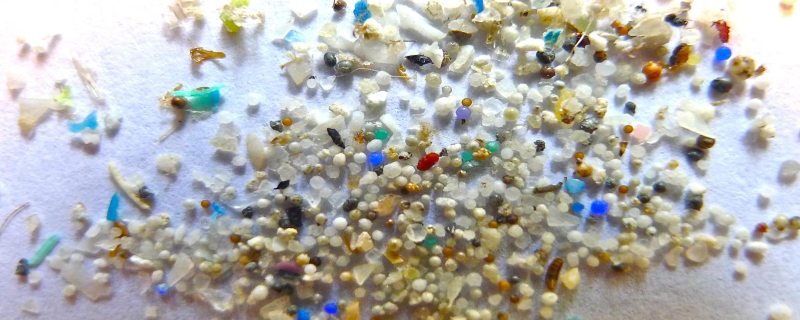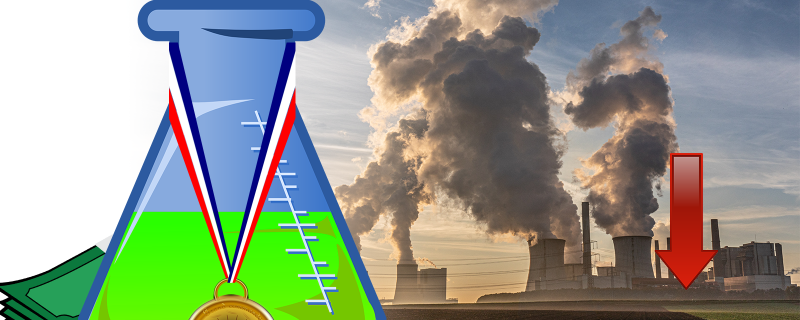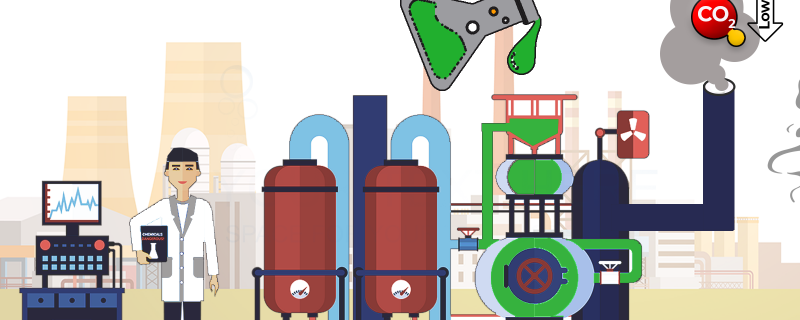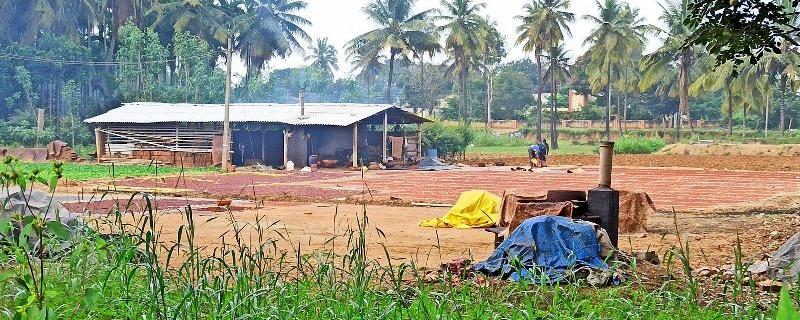The city of Delhi has been consistently ranked as one of the world's most polluted cities. As the monsoon ends, haze sets in, with Deepawali around the corner, bringing the entire city to a standstill with low visibility. Besides vehicular emissions, smoke from diesel generators and construction dust, a significant contributor to this problem is the practice of crop residue burning by farmers in Punjab and Haryana. A recent study, published in the journal Nature Sustainability, suggests that groundwater conservation policies, adopted by Punjab and Haryana, have changed the patterns of rice production. These policies, the researchers argue, have led to the concentration of crop residue burning into a narrower period, later in the season.
